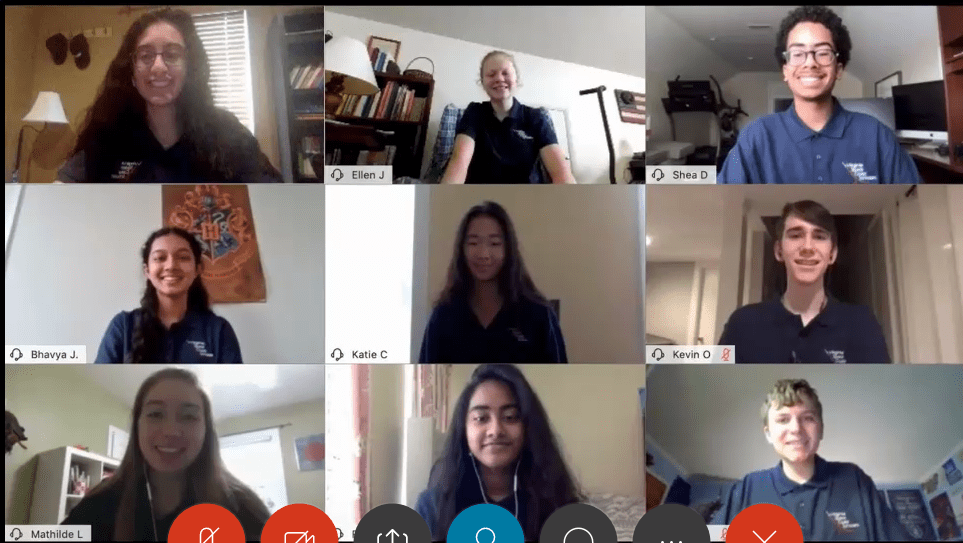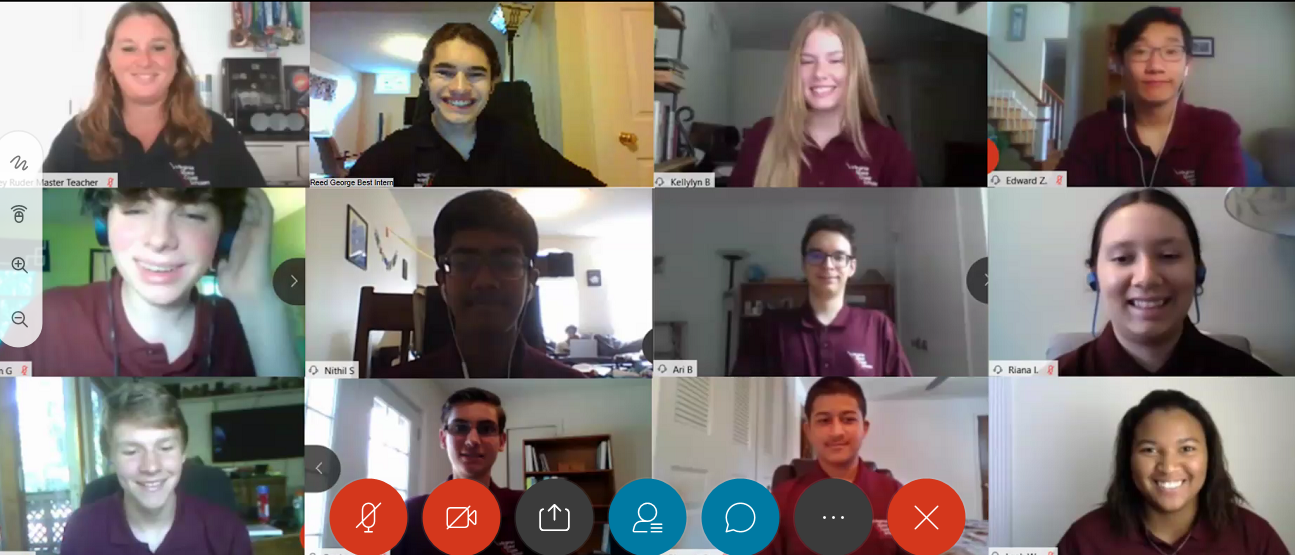For the past seven years, hundreds of Virginia high school sophomores have spent a week of their summer at NASA’s Wallops Flight Facility at Wallops Island, Virginia, learning about the research conducted at the facility and developing their own science missions.
Of course, 2020 is a different year.
While students are not able to visit Wallops this summer in person, due to the ongoing COVID-19 pandemic, 124 students were still able to participate virtually in the Virginia Space Coast Scholars Summer Academy, a joint program between Wallops and the Virginia Space Grant Consortium.
During three one-week sessions the students interacted with NASA personnel and other students to learn about Wallops research activities, developing science missions, and how to perform as a team.
“The three virtual Academies were very successful and demonstrated the importance of continuing to provide students with NASA opportunities even during the pandemic, said Joyce Winterton, Wallops Senior Advisor for Education and Leadership Development. “The Academy supports the development of NASA’s future STEM workforce. This collaboration with Wallops, the Virginia Space Grant and funding from the Commonwealth of Virginia continues to have a positive impact on the education and career planning of high school students,”
The Academy includes a five-module online course for high school sophomores during the spring semester, focusing on the science, engineering, and technology integral to current missions at Wallops. Upon completion of the online program, top performing scholars are invited to participate in the summer academy.
Through the online course, students learn basic project management, data analysis, and teamwork skills required for a successful payload and launch. They also learn how science drives the engineering and space mission design process.
“With the closure of NASA Wallops to all but essential personnel because of the pandemic, we were very pleased that we were able to offer this academy virtually this summer,” said Mary Sandy, director of the Virginia Space Grant Consortium. “NASA Wallops personnel and the Space Grant staff worked closely together to give the students an experience that paralleled the on-site experience at Wallops as they designed their missions on a variety of aerial and space platforms. The outcome exceeded all our expectations. The scholars were very comfortable working in a virtual venue and reported having a great experience overall.”
During the Summer Academy, students interact with NASA scientists, engineers, pilots, and project managers to hear first-hand about missions at Wallops. Through presentations, tours and informative briefings, students become familiar with NASA Wallops and the research being conducted from Virginia’s Space Coast.
“It was just amazing how students interacted and formed bonds as a team virtually each week with the help of Old Dominion University’s online WebEx platform,” said Linda Sherman, education coordinator at Wallops. “Guided by their master teachers, the students were able to interact with subject matter experts from both Wallops and the Langley Research Center. We were able to provide everything the students would have received with an on-site program, with the exception of lunch.”
“One of my biggest concerns was how would moving to a virtual experience impact this award-winning program without the face-to-face interaction and the tours that always WOW the students, Sherman added. “The students actually commented that they probably got to see more behind the scenes with the virtual tours and presentations they received.”
Sherman noted the students barely missed a beat as they interacted daily in their program office teams designing future NASA missions, which were presented in a panel presentation to Wallops employees, friends and family members at the end of each week. Students’ missions highlighted various Wallops platforms, including scientific balloons, airborne science, sounding rockets, unmanned aerial systems, and expendable launch vehicles.
“I’m really impressed how well the students and everyone were able to adapt into these programs as online, and still clearly take the same things from them that they did before,” said Valerie Gsell, sounding rockets subject-matter-expert at Wallops.
As part of the program, the Space Grant developed a summary celebration video for each week. Links to each of the weekly programs are below.
Week 1: https://youtu.be/q9-nzTp30x4
Week 2: https://youtu.be/tnqu4ElmONA
Week 3: https://youtu.be/COHW0Lhun-Y
Keith Koehler
NASA’s Wallops Flight Facility


































